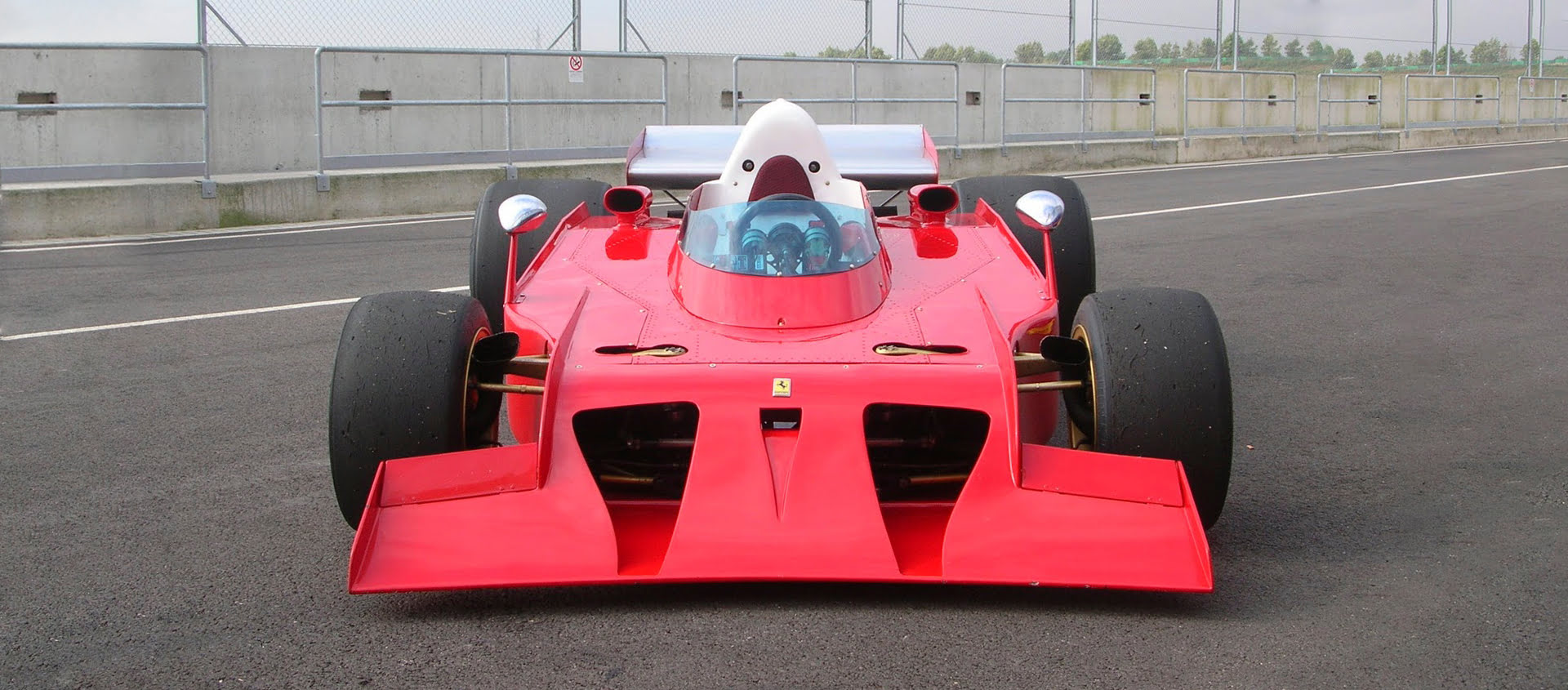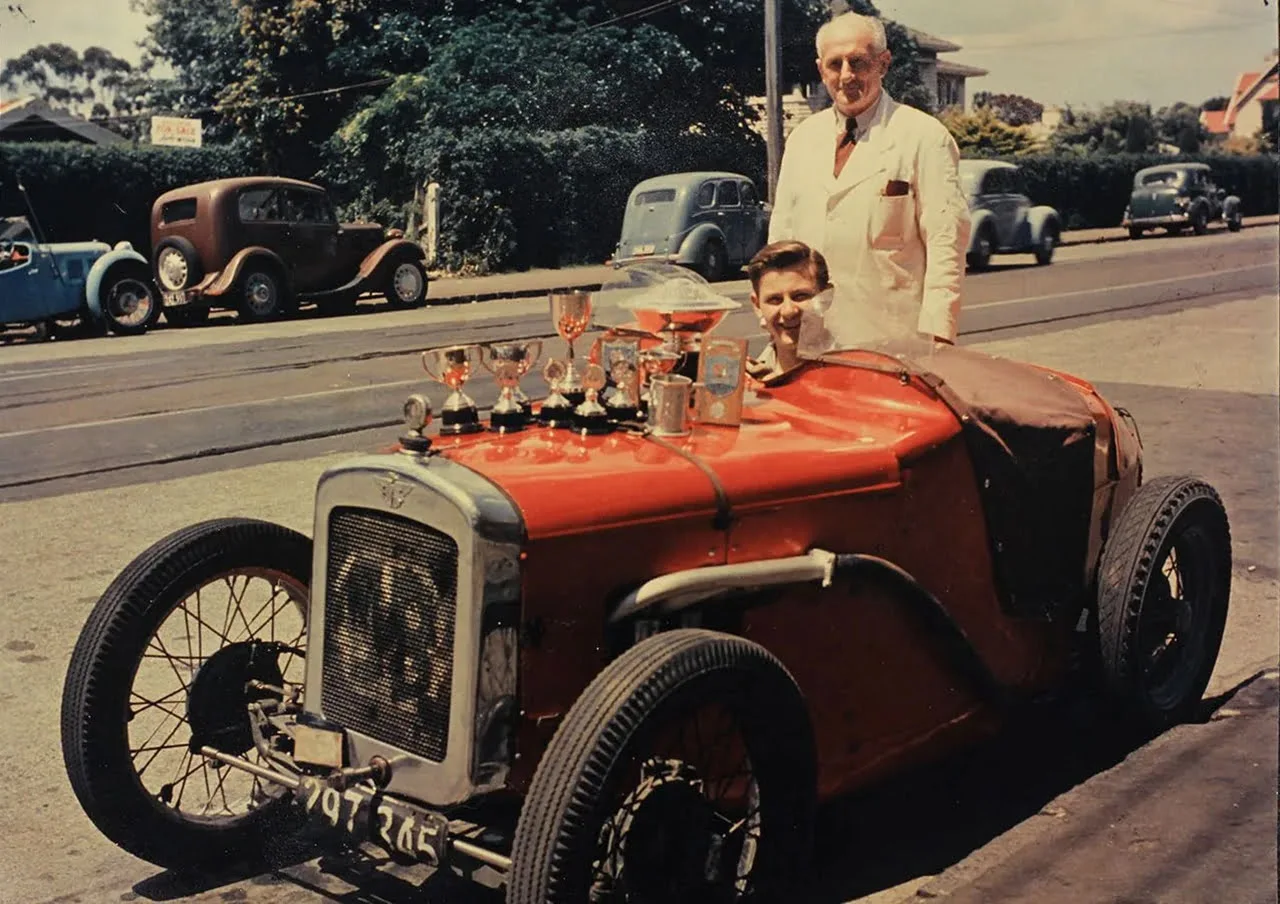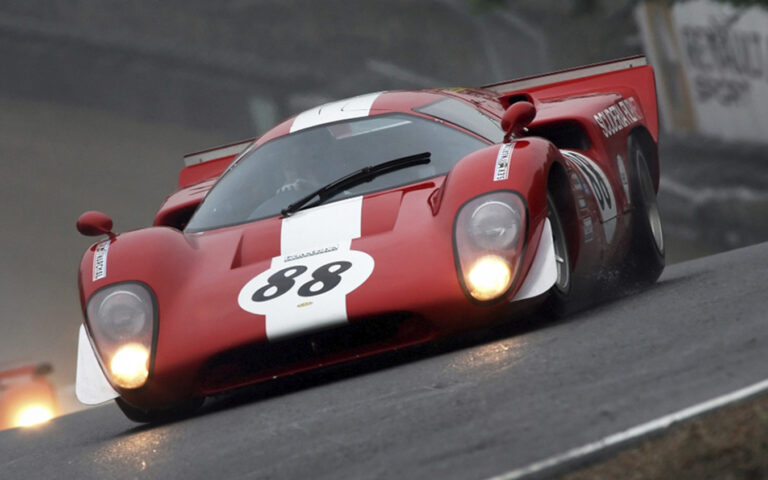Forgotten Legends A dream called turbine
19 November 2022 1 min read 7 images

As early as the beginning of the century, there had been several attempts to use turbines for the propulsion of land vehicles. However, it was the aeronautical industry that found two important and very different ways to use this type of engine: transferring the power generated by a kerosene turbine to a classic propeller (turboprop engine), or even using the turbine to generate a jet capable of giving the necessary thrust for flight.
Register to unlock this article
Signing up is free and gives you access to hundreds of articles and additional benefits. See what’s included in your free membership. See what's included in your free membership.
Already have an account? Log In


